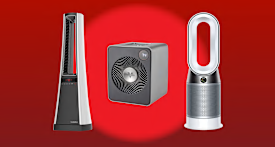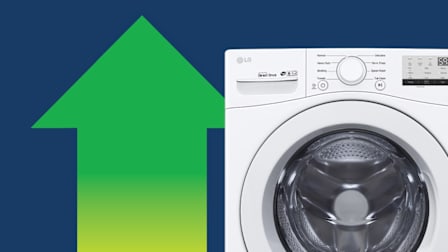How to Avoid Buying a Lemon Appliance
When you're shopping for a new appliance, follow these steps to dodge a dud

Nothing quite matches the despair of bringing home a new refrigerator, dishwasher, or washer and finding that it’s not working right. We’ve covered what to do if you buy a dud. But how to avoid the ordeal in the first place? These steps can help you avoid buying a clunker—and make the resolution process easier if you do.
Seek Out Reliable Companies
You want to buy major appliances from retailers and brands known for reliability and great customer service. Check our ratings of appliance retailers. Also see what the Better Business Bureau has to say. And read the positive and negative reviews, and look for patterns on retailer or manufacturer websites. Did one person report that the waterline to the icemaker froze—or 10? Read reviews of retailers’ customer service—social media can help here—in advance, too.
Shop Locally
When possible, buy from independent retailers instead of chain stores. They appear near the top of CR’s ratings, especially in terms of service. Local dealers can sometimes match big-box prices and may offer in-house service and loaners if your appliance isn’t working right.
Read the Warranty and Return Policy Before You Buy
Many warranties cover the entire appliance for the first year and then only certain parts after that.
Always Buy With a Credit Card
You may be offered a slightly better deal if you’re willing to pay by check or in cash—but don’t do it. If you’re in a dispute with a company over a lemon it sold you, your credit card company may remove the charge as it tries to resolve the problem for you.
Where to Buy Appliances
See CR’s exclusive reviews of the best online and in-store retailers to shop for large appliances.
Use the Appliance Right Away
Try the convection feature on your new oven or turn on the dryer right after it arrives. You might even ask the delivery person or installer to wait while you do a quick check. Susswein did that with a washer and wasn’t happy with the way the water trickled into the tub, so she had the installers take it back. If workers are in a rush, you might offer a (bigger) tip to stay for this.
Keep the Receipts and Packaging
Get organized with a system for saving your print receipts in your home filing cabinet and emailed or digital receipts on your home computer. Keep all paperwork for big purchases in a folder or binder. Create a section for each major appliance and label it with the description and date you bought it. You can take photos of warranties, too.
Also, hang on to the packaging for at least 30 days. Many retailers and manufacturers won’t take a product back for a return without it, and it can have an important UPC code on it. Photograph the carton if you think there was any damage in transit (in which case you can refuse delivery). This can be vital evidence if you need to send it back.
Editor’s Note: This article also appeared in the January/February 2025 issue of Consumer Reports magazine.




















